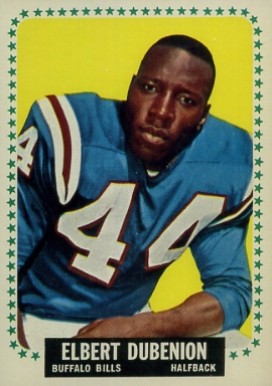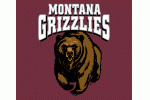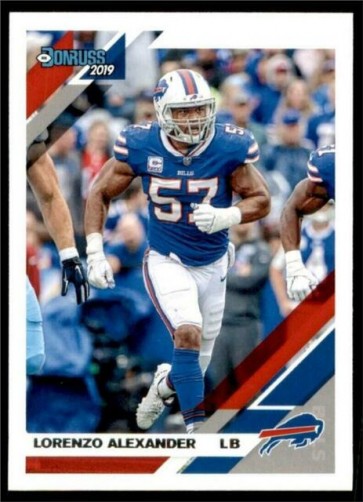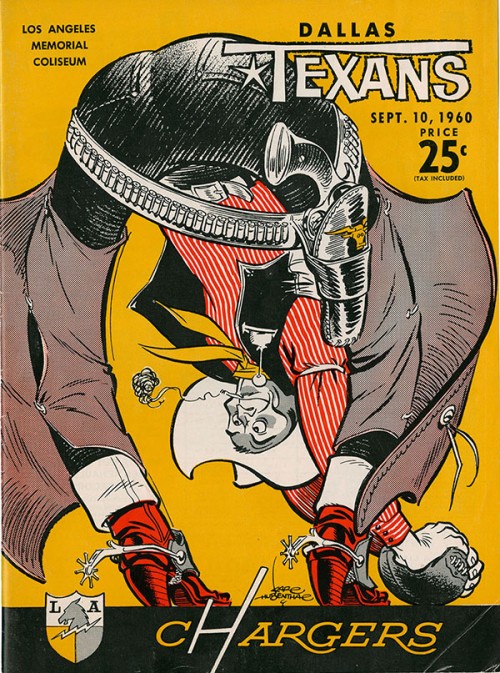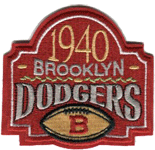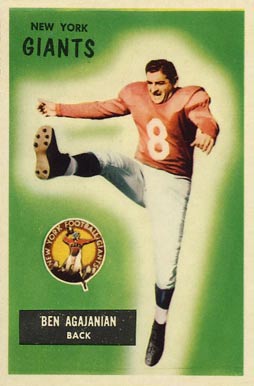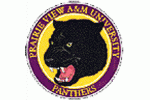“Keep matriculating that ball down the field, boys!” That NFL Films video, of Kansas City Chiefs’ coach Hank Stram on the sidelines of Super Bowl IV, is a treasure for football fans who love the game’s history. No history of the NFL can be written without including Stram, the subject of our NFL 100 post today. He began his coaching career as an assistant football coach and head baseball coach at Purdue in the 1940s, and it was during his eight year stint there that he first met the future quarterback his pro football coaching success would be tied to – Len Dawson. He coached at three other schools, Southern Methodist University, Notre Dame and Miami, as an assistant during the 1950s and it was at the one-year stop at S.M.U. that he would meet a fringe Mustang player who would eventually alter his life – future American Football League founder and Kansas City Chiefs’ owner Lamar Hunt.
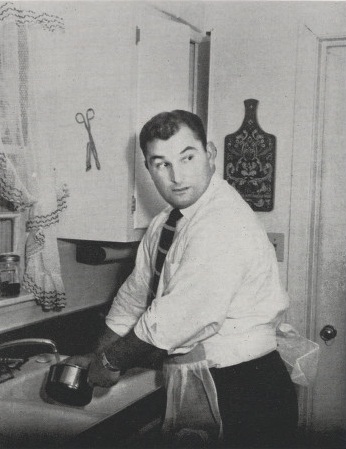
Hank Stram in a Purdue yearbook photo
When Hunt founded the AFL in 1959, he placed his own franchise in Dallas and named them the Texans. Although he’d never been a head coach, Stram was hired for that job with the Texans. Stram wasn’t his first choice. He had tried to hire Bud Wilkinson and Tom Landry but was turned down by both. Of course Landry, a successful New York Giants’ assistant coach at the time, took the job as coach of the expansion NFL team in Dallas, the Cowboys, instead. Stram turned out to be a good hire, however. The Texans were immediately successful and won the AFL championship in 1962 by knocking off the Houston Oilers in overtime. The Oilers had won the league’s title in it’s first 2 seasons. Despite the success on the field, the Texans could not compete at the box office with the NFL’s Cowboys, and Hunt moved the franchise to Kansas City for the 1963 season and renamed them the Chiefs. Their success continued there, as Stram and Dawson led them to 2 more AFL titles, including a 31-7 win over Buffalo in 1966 that would earn them the right to play Green Bay in the first Super Bowl, known as the AFL/NFL Championship Game at the time. They lost that contest but won the AFL crown again in 1969 and upset the Minnesota Vikings in Super Bowl IV, recording the newer league’s second straight title win, establishing once and for all that the AFL had reached parity with the older NFL. Stram’s Chiefs fell on hard times as the 1970s progressed, and he was fired in 1974. He returned to the NFL to coach the New Orleans Saints in 1976 but had no luck turning around the moribund franchise. His shining moment with the Saints came in 1976 as the team recorded their first win of the Stram coaching era there, beating his old team, the Chiefs, 27-17. He was highly successful as a color analyst on radio and CBS television broadcasts when he was through coaching, working in that capacity into the 1990s.

The always well-dressed Stram discusses strategy with his QB, Len Dawson
Stram was deservedly enshrined in the Pro Football Hall of Fame in 2003. Like many who labored in the AFL, he was an innovator who helped change the game. His Chiefs’ were the first professional team to use Gatorade on the sidelines, he introduced the “choir huddle” where his players lined up in organized lines, rather than the traditional circle. His offensive strategies included using both the I formation and the double tight end set, both used widely in the NFL today. Perhaps his greatest contribution to the game was doing intense scouting of small black colleges, where he uncovered gems like Buck Buchanan, Willie Lanier, Wendell Hayes, Otis Taylor and Emmitt Thomas. The pioneers who guided the AFL through the 1960s into reaching parity with the NFL are all a huge part of helping grow the game into the monster it is today, and Hank Stram belongs at the top of that list of pioneers.

